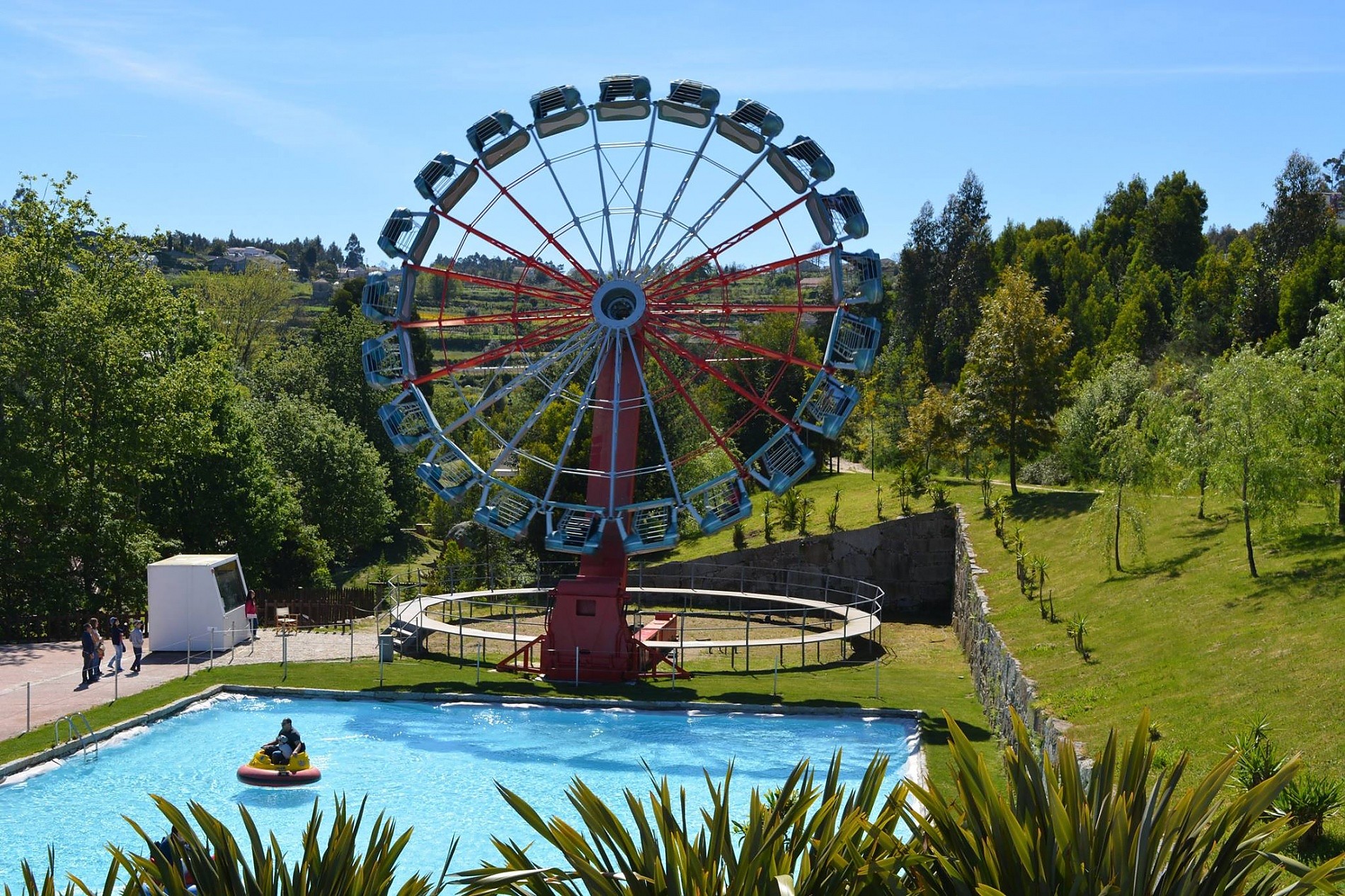Built during Spanish colonial rule in the 16th century, this walled city was once a thriving center for trade and commerce. Today, it stands as a reminder of a bygone era. Legend has it that beneath its cobblestone streets lies hidden treasure left behind by Spanish conquistadors. Many have tried to uncover this supposed fortune but none have succeeded so far. Moving further south to Negros Occidental province, we find The Ruins – an iconic mansion that has become a symbol of love and tragedy.
Built in memory of Maria Braga by her husband Don Mariano Ledesma Lacson after her untimely death during childbirth, this grand structure was burned down during World War II as part of Japanese retaliation against guerilla activities on the ruins Negros Island. Despite its destruction, The Ruins still exudes elegance and charm amidst its crumbling walls – serving as a testament to undying love. In addition to these well-known ruins are countless others scattered throughout different regions across the archipelago – each with their own unique stories waiting to be discovered. Ancient Echoes Tracing the Origins of Philippine Ruins The Philippines, a country known for its stunning beaches and vibrant culture, is also home to a rich history that dates back thousands of years.
One aspect of this history that continues to captivate both locals and tourists alike is the presence of ancient ruins scattered throughout the archipelago. These remnants from the past serve as silent witnesses to a time long gone, offering glimpses into the lives and civilizations that once thrived in these lands. One such example is the Banaue Rice Terraces, often referred to as the Eighth Wonder of the World. Carved into mountainsides by indigenous tribes over 2,000 years ago, these terraces are not only an engineering marvel but also a testament to their ancestors’ ingenuity and resourcefulness. The intricate irrigation system used by these early farmers still functions today, providing water for rice cultivation in this mountainous region.



